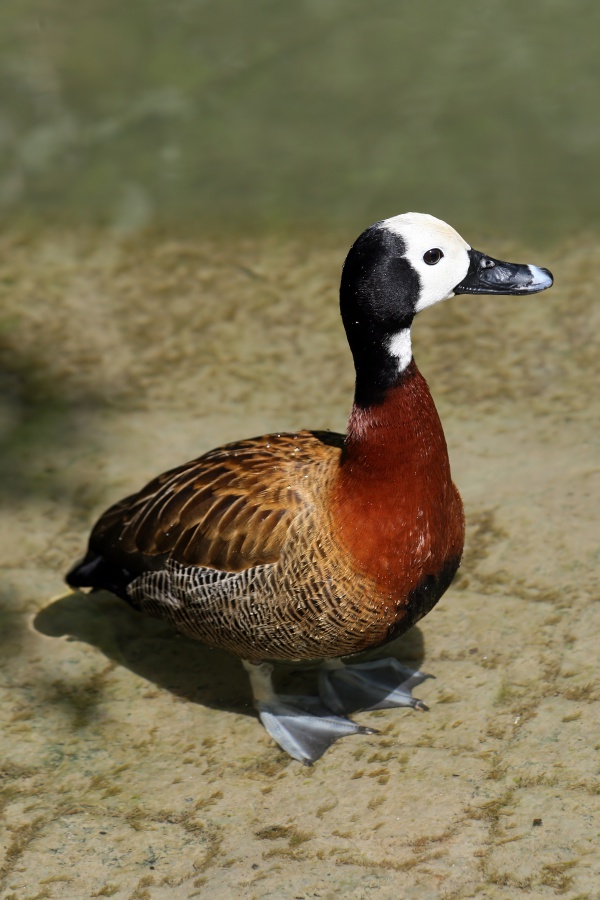Facts About White-faced whistling duck
The white-faced whistling duck is a captivating species native to sub-Saharan Africa and parts of South America. One of their most remarkable traits is their sociable nature; they delight in forming large flocks, creating an impressive display. These ducks are easily recognizable by their distinctive three-note whistling calls.
In terms of appearance, these ducks are quite distinctive. They have a long gray bill, black neck, and head, complemented by a white face, as their name implies. Interestingly, the shade of white on their faces can vary depending on their region of origin. They are typically found around freshwater lakes or reservoirs rich in vegetation, where they primarily feed on seeds and plant material.
One intriguing aspect of the white-faced whistling duck is its distribution. Found in both Africa and South America, this broad range is quite unusual. Some speculate that this extensive distribution may be due to human intervention, facilitating their spread to new areas. For instance, they have been observed in Florida, USA, although there is no evidence of breeding there, suggesting that their presence may rely on continuous releases or escapes.
These ducks are generally abundant and tend to be sedentary, although they do exhibit local movements. During the breeding season, they construct their nests on platforms made of sticks close to the ground or sometimes even in trees, laying about 8-12 eggs.
The significance of the white-faced whistling duck is highlighted by its inclusion in the Agreement on the Conservation of African-Eurasian Migratory Waterbirds (AEWA), underscoring its importance in conservation efforts.

 Zimbabwe
Zimbabwe